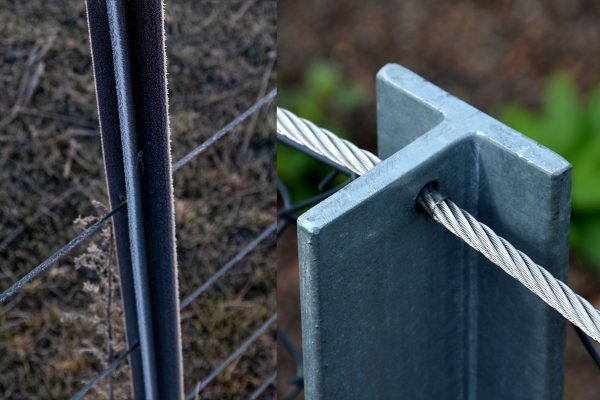When building a fence, you need to select the correct type of wood for your posts. If you don't, your fence won't be as sturdy as it could be and might even collapse over time. Fortunately, we've done research to provide a list of the best wood for your fence posts.
You have lots of wood options to use for your fence posts. The type of wood you use for the posts can make a big difference in its overall durability and stability. Some of the woods you can consider include the following:
- Cedar
- Redwood
- IPE
- Bamboo
- Doughlas Fir
- Cypress
- Oak
- Maple
- Pressure Treated Woods
Keep reading as we discuss the best types of wood to use for fence posts. So, if you're in the process of building a fence or are just thinking about it, follow along with this guide.
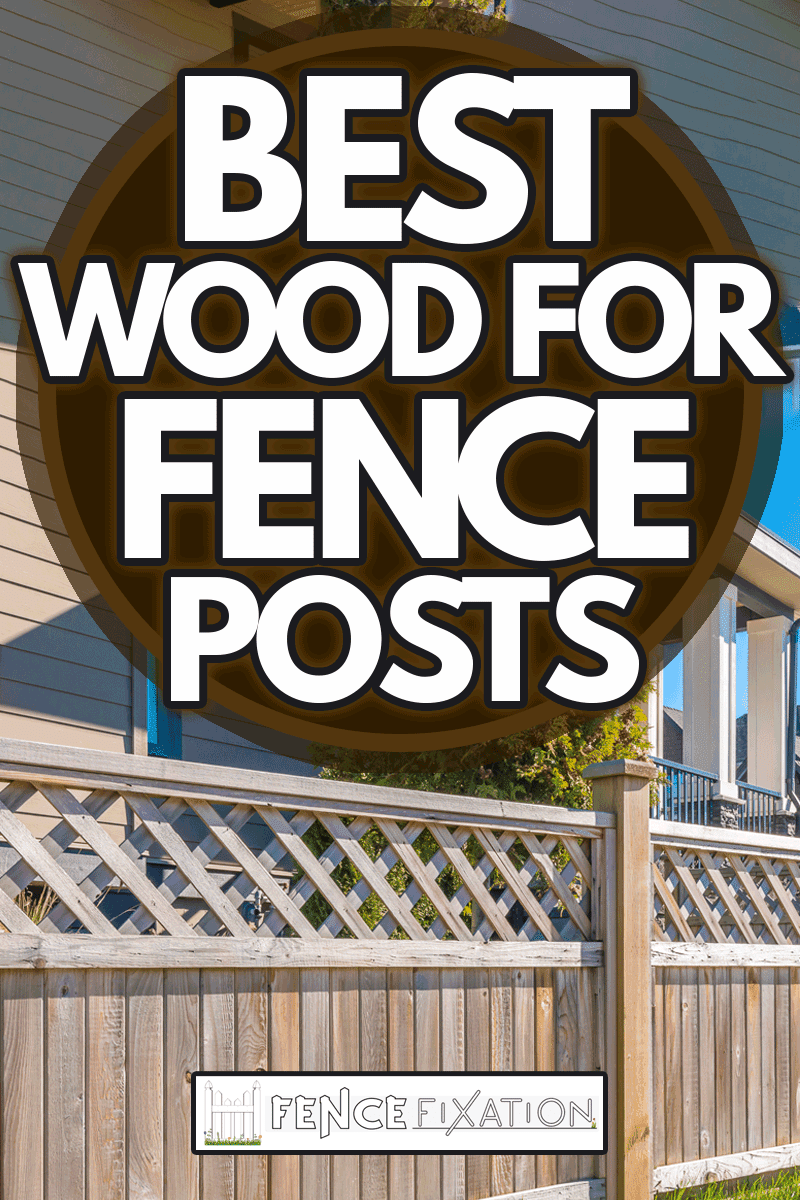
What Are The Best Types Of Wood To Use For Fence Posts?
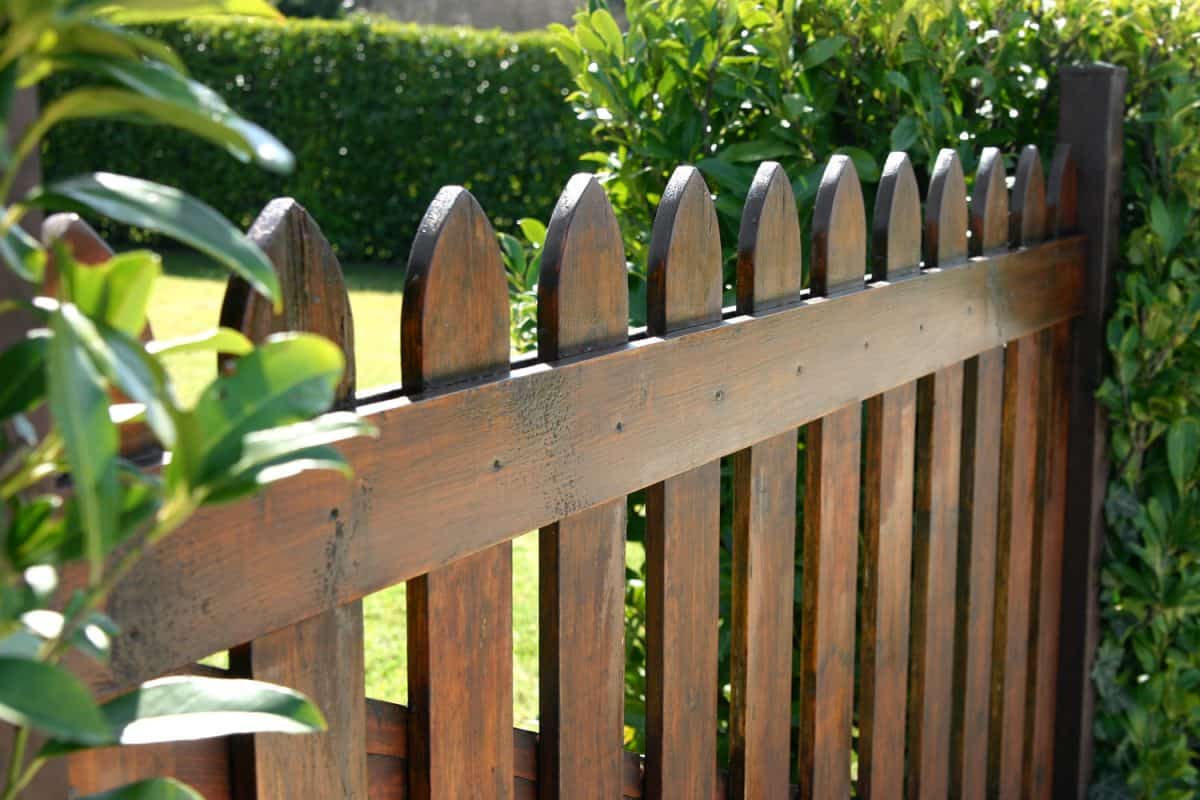
Wood fence posts are a common sight in many yards, but not all woods are equally well suited for this purpose. So, here are some best options you can consider for your fence posts:
1. Cedar
Cedar is one of the best woods to use for fence posts. It is naturally resistant to rot and decay, so it will last longer than other types of wood. Cedar is also a lightweight wood, so it is easy to work with. And because it is such a strong wood, it will provide support for your fence panels.
In addition, cedar costs only $33 per linear foot and has a natural beauty that will add to the aesthetic of your fence. If you are looking for a durable, long-lasting, and beautiful fence post, cedar is the way to go.
2. Redwood
Redwood is a durable wood that is resistant to rot and insect damage. Besides that, it has a natural resistance to weathering, meaning that it will hold up well over time. Redwood fence posts are also easy to install, and they provide a beautiful look to any fence.
Even though redwood is more expensive than cedar at $48 per linear foot, it is still an excellent choice for anyone looking for the best material for their fence posts.
3. IPE
IPE is an extremely durable type of wood that is highly resistant to rotting. In fact, it is so tough that it is often used in construction projects where longevity is key.
In addition to its rot resistance, IPE is also very strong and stable. It has a high density, which makes it less likely to warp or crack over time. This makes IPE an ideal choice for fence posts that will be subjected to a lot of wear and tear.
4. Bamboo
Bamboo is one of the best natural materials to use for fence posts. It is strong and durable, but still flexible enough to resist damage from high winds. Besides that, bamboo is a sustainable resource, so using it for fence posts can help to reduce your impact on the environment.
Perhaps most importantly, bamboo is very easy to work with, so you can install your fence quickly and easily. Whether you're looking for a natural look or something more modern, bamboo is an excellent choice for fence posts.
5. Doughlas Fir
Doughlas fir is one of the most popular types of wood used for fence posts. It's known for being durable and rot-resistant, two important qualities when it comes to fence posts.
Other than that, Doughlas fir is also a fairly light wood, making it easy to work with. And since it's so widely available, it's usually one of the more affordable options when it comes to fence posts.
If you're looking for durable, rot-resistant wood for your fence posts, Doughlas fir is a great option.
6. Cypress
Cypress is one of the best wood options to consider for fence posts. It is rot-resistant and has a natural ability to repel insects, making it an ideal material for outdoor use.
Additionally, cypress is also a stable wood, so it will not warp or shrink over time. This makes it an excellent choice for fence posts that will be exposed to the elements.
In this case, cypress wood is beautiful and easy to work with, so it can add a touch of elegance to any fence. You can also choose its thickness with pricing ranging from $3.75 to $8.75 per linear foot.
7. Oak
Oak is a popular choice for fence posts because it is very resistant to rot, making it ideal for use in damp or wet conditions. Additionally, oak is a very strong and dense wood, which makes it less likely to be damaged by insects or other pests.
Also, oak is relatively inexpensive compared to other types of wood, making it a great option for budget-conscious homeowners.
When selecting oak for fence posts, be sure to choose the correct variety for your climate. For example, white oak is a good choice for temperate climates, while red oak is better suited for colder climates.
8. Maple
Maple is a hardwood that is known for its strength and durability. It is also relatively easy to find and work with, making it a good choice for both novice and professional fence builders.
In addition, maple is naturally resistant to rot and decay, meaning that it will last for many years with minimal maintenance. For all these reasons, maple is an excellent choice for fence posts.
9. Pressure Treated Woods
Pressure-treated wood is treated with chemicals that help to prevent rot, mold, and insect damage. As a result, pressure-treated wood is an ideal material for fence posts.
There are a variety of different types of pressure-treated wood available on the market, so it is important to choose the type that best suits your needs. Some of the most popular types of pressure-treated wood include pine, spruce, and fir.
These woods are durable and long-lasting, making them an excellent choice for fence posts.
How To Choose The Right Wood For Your Fence Post?
When it comes to choosing the best wood for fence posts, there are a few things to consider.
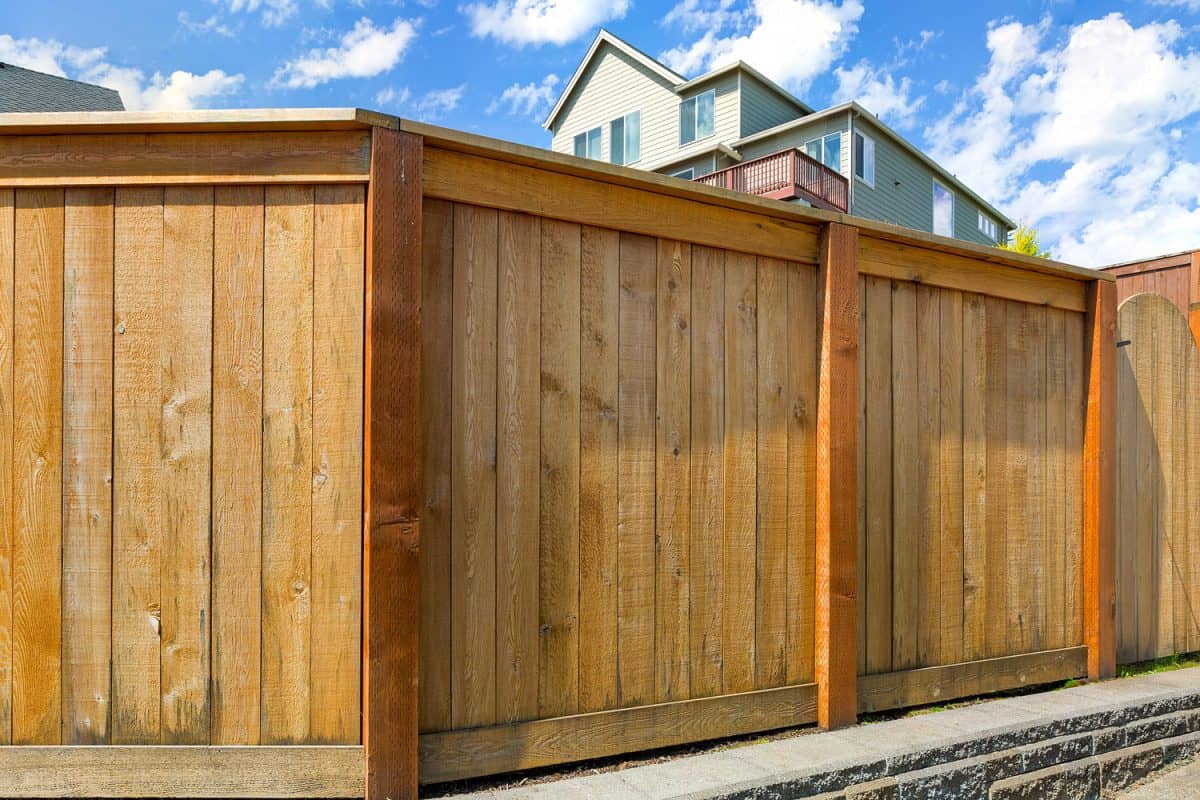
Type of Wood
The type of wood will affect how long the fence posts last. Hardwoods such as oak and maple are more durable than softwoods such as pine, so they will need to be replaced less often.
Climate
The climate where the fence is located should be taken into account. In areas with hot summers and cold winters, woods such as cedar and redwood will stand up better to the elements than woods such as fir and spruce.
Budget
Finally, the budget should be considered. Some woods are more pricey compared to others. Also, some wood is available in different sizing which also varies with its price.
With all of these factors in mind, it should be easy to choose the best wood for fence posts.
What Kind Of Maintenance Is Required For Wooden Fence Posts?
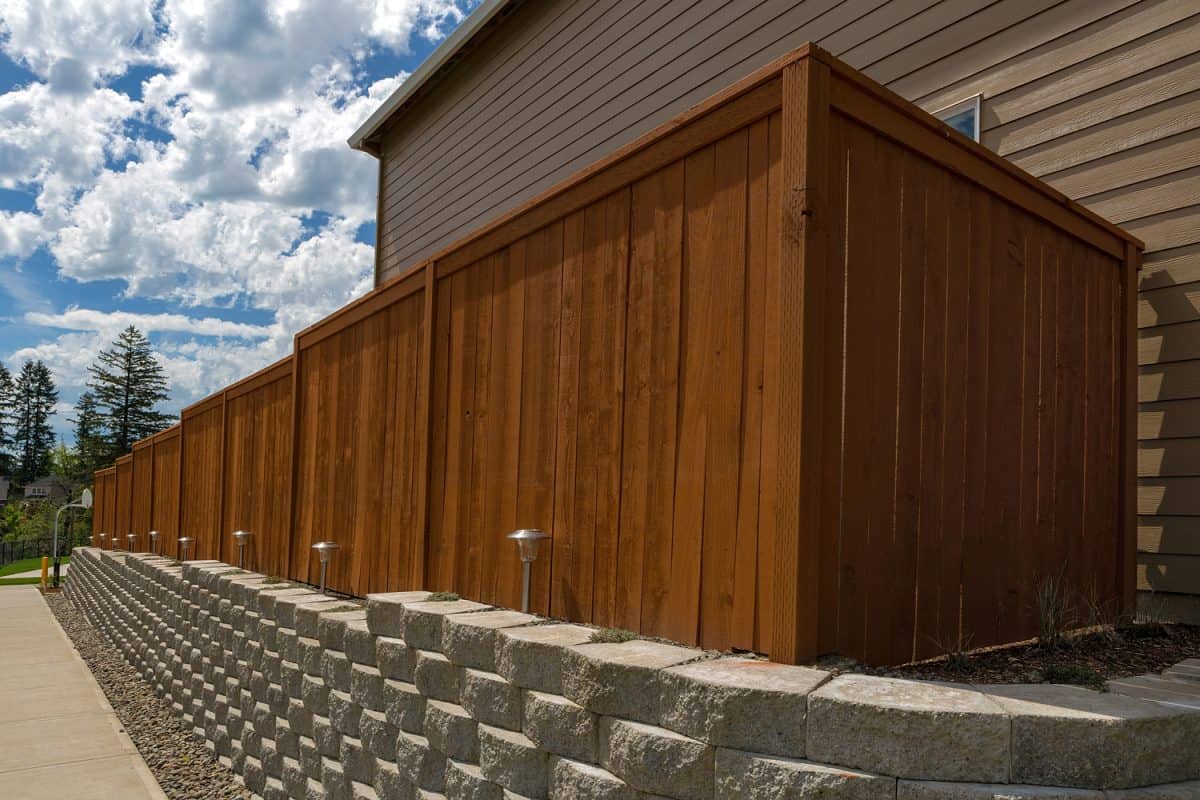
Wooden fence posts require regular maintenance in order to stay in good condition.
- First, you should check the posts for rot or damage. Any damaged sections should be repaired or replaced.
- Secondly, the posts should be regularly treated with a waterproofing agent to protect them from the elements.
- Finally, the posts should be securely anchored in the ground to prevent them from being pulled out by wind or animals.
By following these simple steps, you can ensure that your wooden fence posts will stay in good condition for many years to come.
How Long Do Wooden Fence Posts Typically Last?
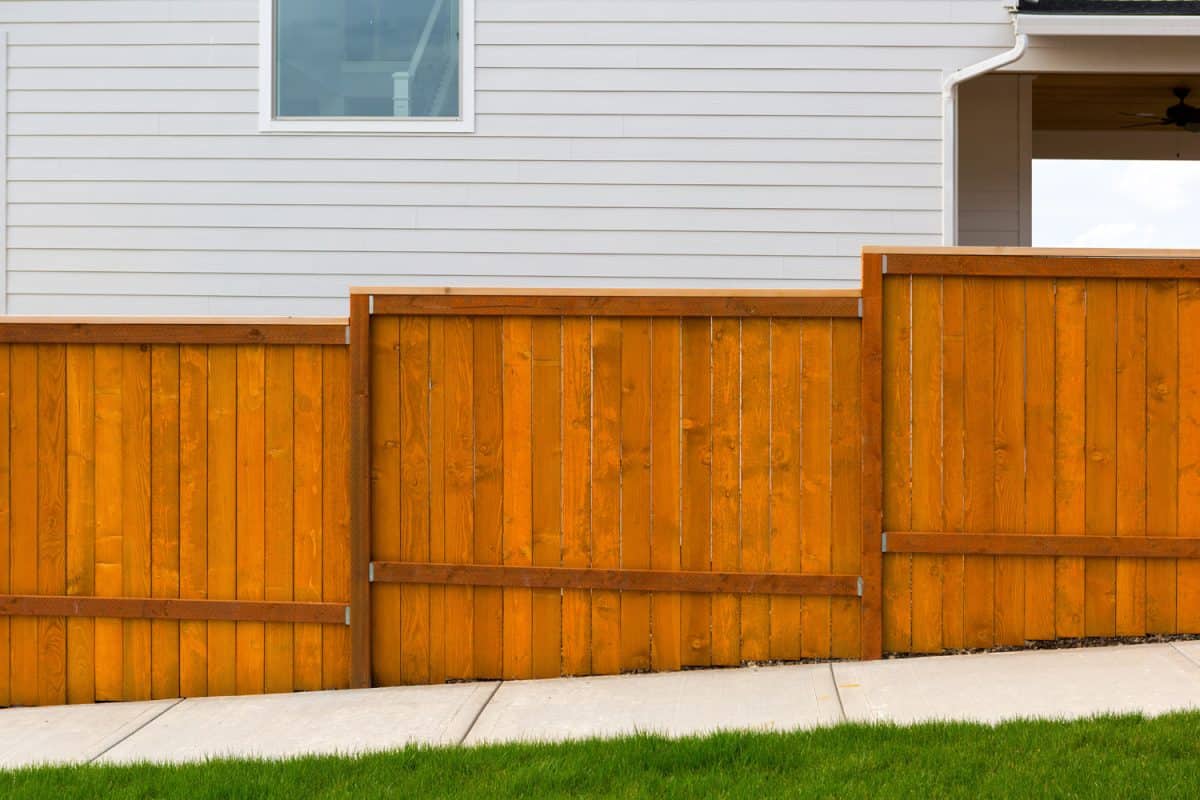
Most wooden fence posts are made from either treated or untreated lumber. Treated lumber has been pressure-treated with chemicals to extend its lifespan, while untreated lumber is simply natural wood that has not been treated with any chemicals.
On average, treated wooden fence posts last 20–35 years, while untreated posts only last 3–7 years. The primary factor that determines the lifespan of a wooden fence post is whether or not it is properly maintained.
Regularly cleaning and sealing the wood helps to protect it from rot, decay, and termites, which can all shorten the post's lifespan. In addition, repairing any damage as soon as it occurs can also help to extend the post's life.
With proper care and maintenance, even an untreated wooden fence post can last for many years. But then, if left untreated, even a treated post will eventually succumb to the elements and need to be replaced.
Final Thoughts
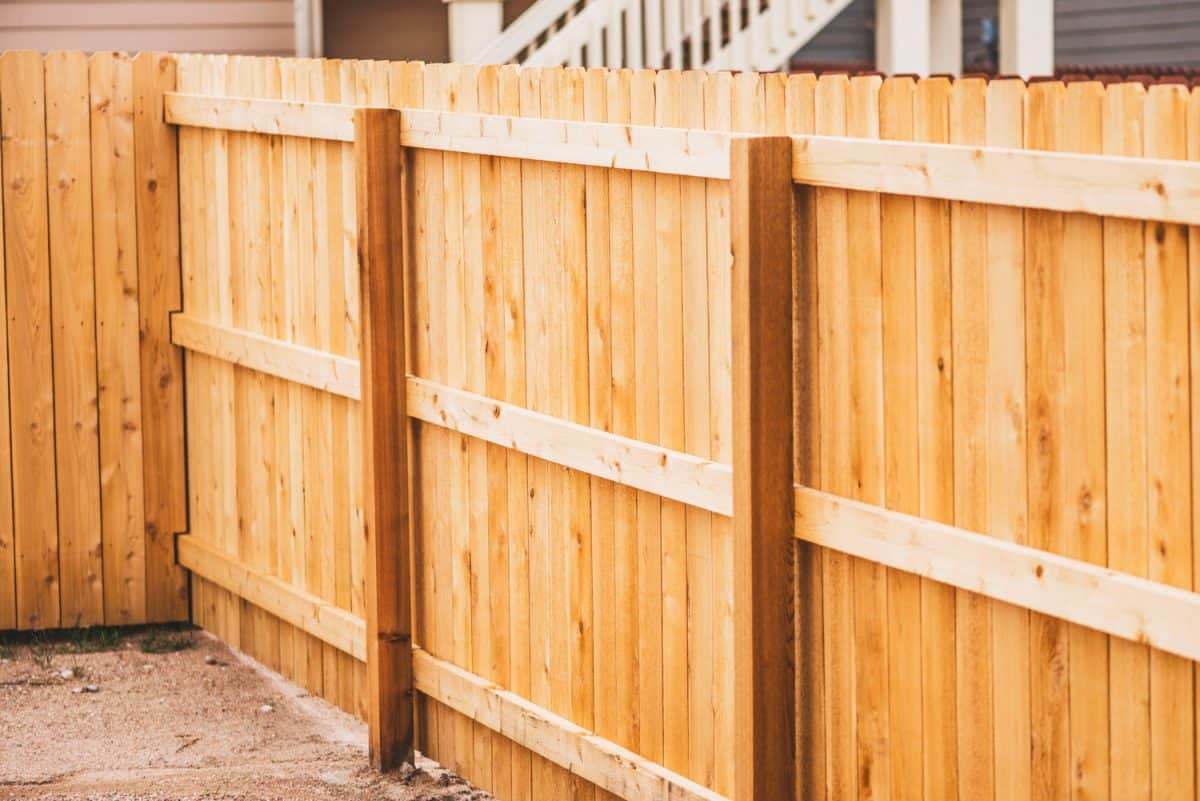
If you are in need of a new fence, be sure to keep the best wood for fence posts in mind. The type of wood you choose will make all the difference when it comes time to install your fence. By using one of the woods we’ve mentioned, you can ensure that your fence lasts for years and looks great too!
To get more ideas on installing fence posts at home, see our posts below:
How Wide Should A Gate Be For An ATV? [Snowmobiles & Side By Sides]


